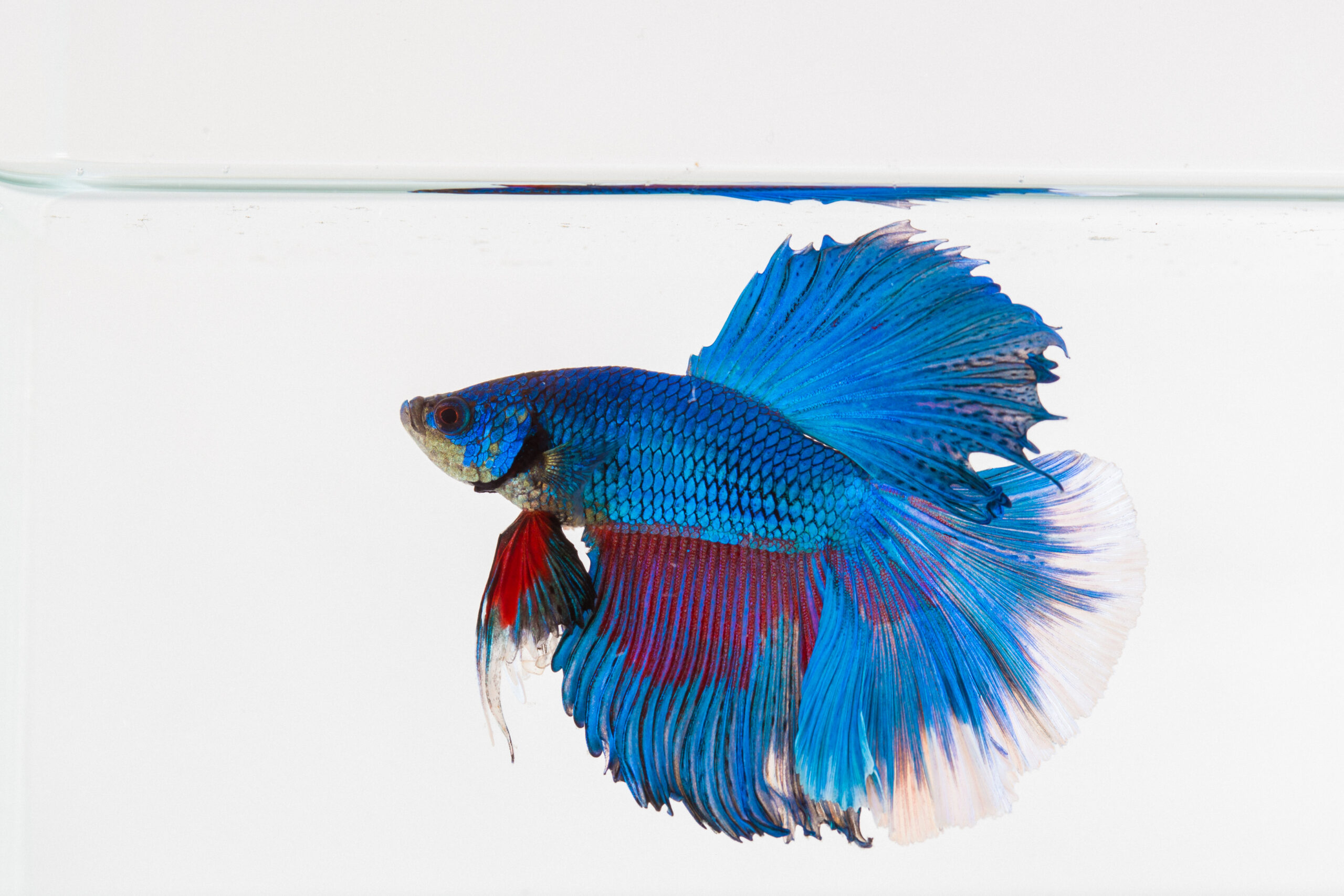Everything About Betta Fish: Comprehending Their Distinct Requirements, Behavior, and the very best Practices for Optimum Treatment
Comprehending the one-of-a-kind requirements and behaviors of Betta fish is important for any type of aquarist looking to supply ideal treatment. betta fish. As we explore these elements even more, the effects for both beginner and experienced fish keepers become significantly evident, raising concerns about just how best to accommodate these remarkable fish in our homes.
Betta Fish Summary
Although usually appreciated for their vivid shades and flowing fins, Betta fish, clinically called Betta splendens, are complex animals that require particular like flourish. Stemming from Southeast Asia, these freshwater fish are recognized for their territorial nature and one-of-a-kind behaviors. Betta fish show sexual dimorphism, with males showing extra vivid shades and longer fins than females.
Their aggressive propensities, particularly among males, require cautious consideration when real estate them. Bettas are typically maintained in single-specimen storage tanks to stop territorial disagreements. However, they can coexist peacefully with particular compatible varieties in larger neighborhood containers, gave the atmosphere meets their requirements.

To guarantee optimal treatment, aquarists have to comprehend their special behavior qualities, dietary demands, and environment requirements. betta fish. With appropriate attention, Betta fish can show their lively personalities and grow in a properly maintained fish tank setup
All-natural Habitat and Atmosphere
Betta fish grow in a varied series of all-natural habitats, mainly located in the shallow waters of Southeast Asia, including rice paddies, swamps, and slow-moving streams. These environments are identified by cozy temperatures, commonly in between 75 ° F and 82 ° F(24 ° C and 28 ° C ), and a pH level ranging from 6.5 to 7.5, which is ideal for their wellness and health.
In their all-natural surroundings, Betta fish are accustomed to dense plant life, offering both shelter and breeding premises. The presence of plants such as floating water lilies and thick turfs not just offers security from predators but additionally adds to the oxygenation of the water, which is essential for their respiratory system needs. Furthermore, these environments typically have areas of still water, permitting Betta fish to show their all-natural actions such as bubble nesting.
Recognizing the all-natural habitat of Betta fish is important for fish tank enthusiasts. Duplicating these problems-- via water temperature, pH equilibrium, and the inclusion of real-time plants-- can dramatically improve the total health and durability of these fascinating fish, ensuring they thrive in a home aquarium setting.
Social Behavior and Communications
Understanding the social habits and interactions of Betta fish is crucial for successful aquarium monitoring. Betta fish, or Siamese combating fish, are recognized for their unique behavioral qualities, characterized mostly by territoriality and aggressiveness.
Alternatively, female Bettas exhibit less aggressive actions and can exist side-by-side in teams, referred to as sororities, if presented correctly. It is critical to monitor their communications closely, as hierarchy and dominance can lead to disputes. Comprehending the dynamics within a Betta neighborhood is crucial; developing hiding areas and making sure enough space can minimize aggressiveness.
On top of that, Betta fish may also present interest and social behaviors in the direction of other check over here varieties. While they can coexist with particular non-aggressive tank companions, it is vital to pick suitable types to stay clear of anxiety and aggression. website link In general, acknowledging these social communications is essential to promoting a harmonious aquarium setting for Betta fish.
Important Care Standards
Supplying correct treatment for Betta fish is essential to their wellness and health. Regular water modifications-- approximately 25% regular-- help keep water top quality.
Betta fish call for a suitable tank dimension; a minimum of 5 gallons is suggested to provide sufficient area for swimming and hiding. Include decorations and plants to develop a revitalizing environment, but stay clear of sharp objects that could damage their fragile fins.
:strip_icc()/siamese-fighting-fish-bettas-1378308-hero-f459084da1414308accde7e21001906c.jpg)
Last but not least, ensure the container is equipped with a filter to maintain the water clean, yet utilize a gentle filter to stay clear of solid currents that can emphasize the fish. By following these important care standards, owners can advertise a healthy and balanced and vivid Betta fish.
Common Health Issues and Solutions
In the treatment of Betta fish, awareness of typical health problems is vital for keeping their wellness. One prevalent problem is fin rot, typically triggered by bad water high quality or microbial infection. Symptoms include frayed or discolored fins. To treat fin rot, boost water conditions and take into consideration utilizing a broad-spectrum antibiotic.
An additional common condition is ich, a parasitical infection defined by white areas on the fish's body (betta fish). Therapy involves raising water temperature level and adding aquarium salt site to the storage tank, as this can assist eliminate the bloodsucker
Swim bladder condition is additionally often observed, resulting in buoyancy issues. This condition might occur from overfeeding or irregular bowel movements. A fasting duration of 24-48 hours, complied with by a diet of blanched peas, can provide relief.
Last but not least, bettas may deal with velour illness, indicated by a gold dust-like appearance on their skin. Therapy generally requires medicine especially designed for external bloodsuckers, together with boosted tank health.
Regular monitoring of water specifications, maintaining a clean environment, and providing a balanced diet regimen are critical precautionary procedures. By dealing with these health concerns without delay, Betta fish can lead healthier, extra lively lives.
Final Thought
In recap, successful betta fish treatment calls for an understanding of their one-of-a-kind demands and habits. Supplying an ideal environment, including ideal storage tank dimension and water conditions, is essential for their well-being. Additionally, identifying their territorial nature and making sure sufficient hiding places can prevent hostility. Regular tracking of wellness and water high quality, together with a balanced diet, adds to the durability and vibrancy of betta fish. Sticking to these guidelines will foster a flourishing marine community for these exciting creatures.